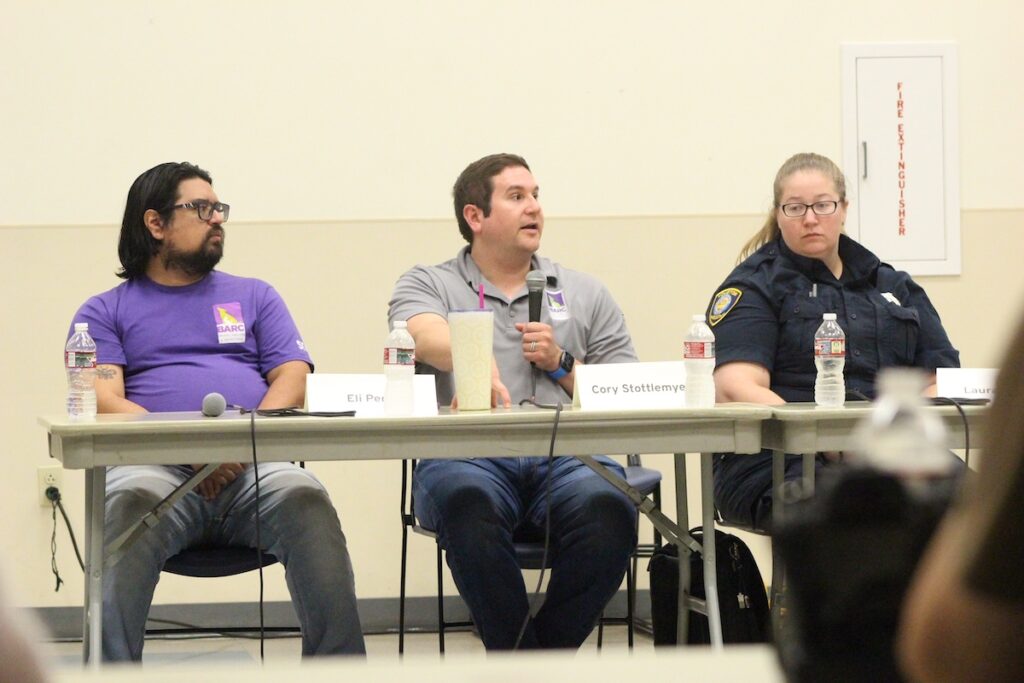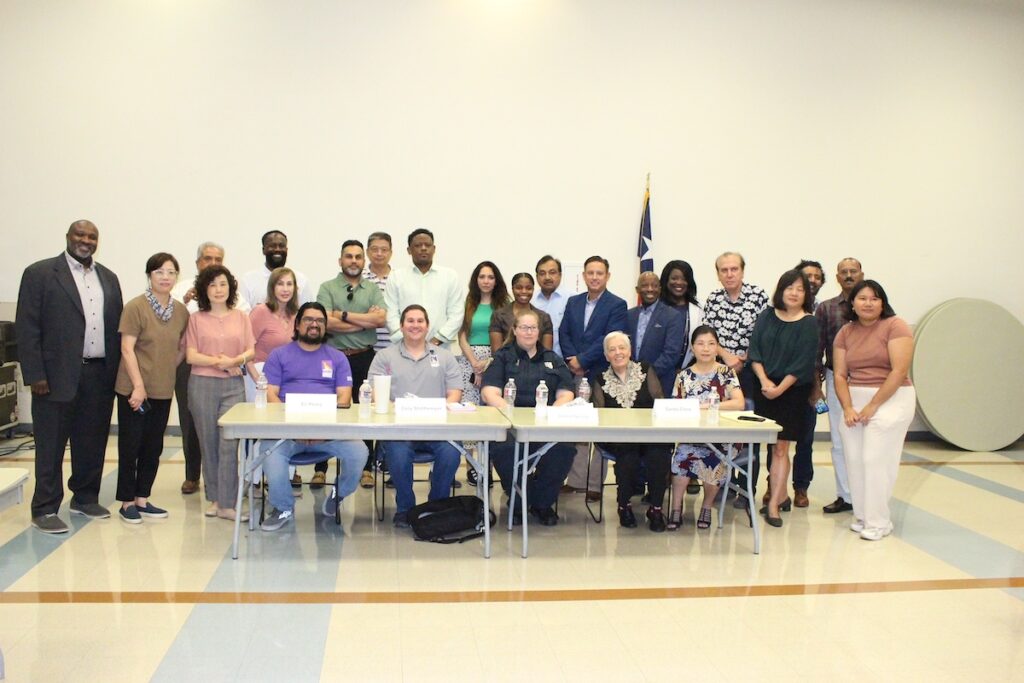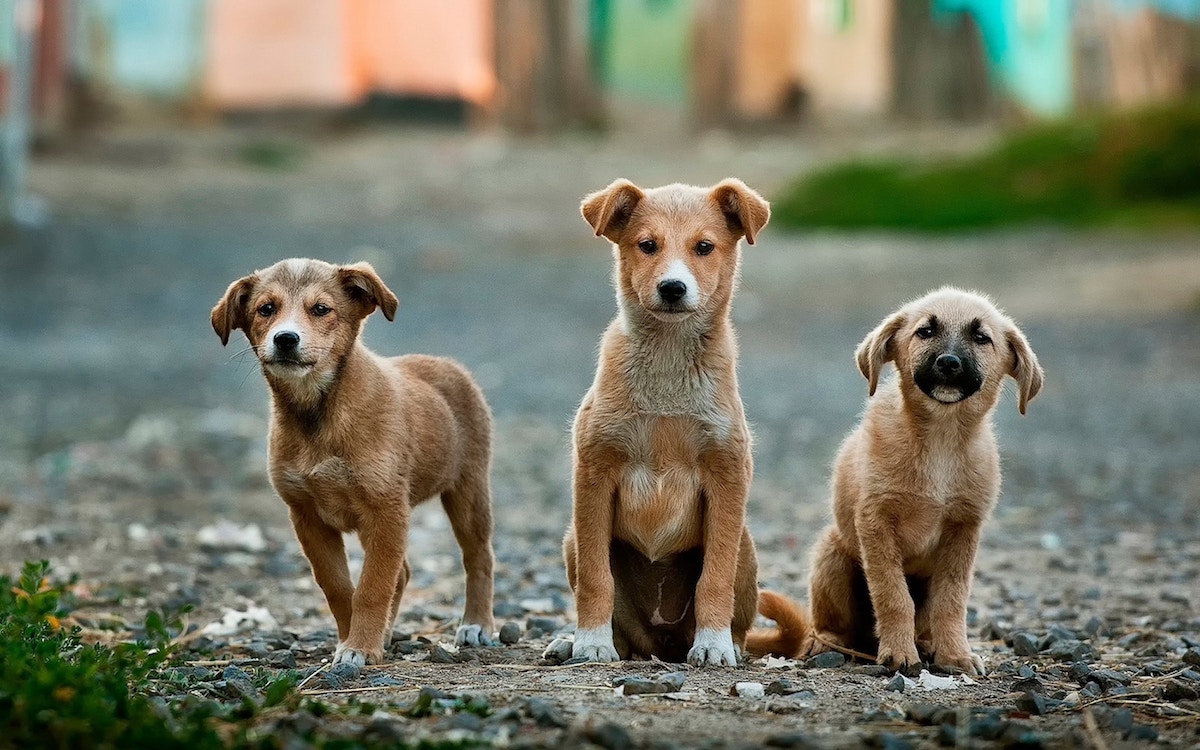Image via Unsplash
HOUSTON, Tx. — Over two dozen ethnic media outlets convened on Tuesday, August 8, to learn about the sharp increase in stray animals found on Houston’s streets. Ethnic Media Services facilitated the monthly roundtable briefing featuring representatives from BARC, Houston’s animal shelter and adoption facility.
Speakers highlighted BARC’s recently launched “Healthy Pets, Healthy Streets” initiative, a collaboration between BARC and area non-profits that aims to reduce pet overpopulation and promote pet wellness in targeted areas of Houston. Services include free spay and neutering services, as well as other programs.
“Here in Houston and cities in the south, we have a stray problem all year because we have temperatures that allow strays to continue to roam and not face those harsh winter months,” said BARC Deputy Shelter Director Cory Stottlemyer. His agency is currently working to educate communities about the importance of spaying and neutering pets.

Laura Spivy is an animal enforcement office with the City of Houston. She says most people are unaware around laws regarding the treatment if strays. “When it comes to the stray issue, people don’t understand that if you feed an animal for more than three days, per the law, it is technically your animal.”
Spivy urged residents to call 3-1-1 and “let them know about the strays and once we know what areas to aim for – the ones that are the most populated with strays – then we will go in and do sweeps, mostly on Wednesdays, and pick up all the strays that we see.”
Spivey once got a call about a large stray issue across the highway from BARC. Upon arrival, she found at least 10 to 15 strays surrounding a female dog.
“She was in heat. I grabbed her, put her on a leash, walked her to the truck and put her in and ALL the dogs started to follow me. They jumped into the truck and loaded themselves in.”
She said a resident in the neighborhood yelled out, “That’s a mighty fine dogcatcher right there!”

BARC has a legal mandate to protect public safety and must take in any animal brought to the shelter as well as remove dangerous, sick, and stray animals from the community. They also take in animals who are surrendered by their owners for various reasons.
There is a stark disparity in the number of pets in need and the overcapacity of the shelter. Rough numbers indicate BARC’s intake of 6,000 in 2022 has nearly tripled this year.
“The total number was like 18,000 because that includes the owner turn-ins as well. Ten thousand was just enforcement,” Stottlemyer explained.
In addition to dogs and cats, BARC also takes in horses, chickens, snakes and other reptiles, and just this week, they rescued and brought in a frightened, injured pet monkey!
BARC’s Adoption Center is located at 3300 Carr St. Houston TX, 77026, just a few minutes from downtown Houston off of the Eastex Freeway (59) and the Collingsworth/Calvacade/Kelly exit.
BARC has resource materials available in multiple languages including Spanish, Vietnamese, Chinese, Arabic and French.
Donations Welcome
- Have used bedding? Don’t discard it, donate to shelters! BARC welcomes used towels, linens, quilts, blankets and bedding that can be used for the animals.
- Food of any kind, even open containers and bags, are accepted.
- Food is distributed to foster families.





